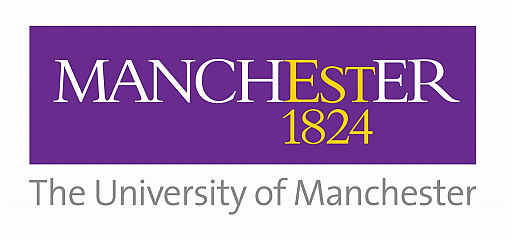Manchester Royal Eye Hospital and Second Sight announce global surgical first with Manchester patient
Initial tests on 80-year-old with no central vision show that ‘bionic eye’ treatment allows patient to see the outline of people again
Manchester Royal Eye Hospital and Second Sight Medical Products, Inc. (“Second Sight” or “the Company”) (NASDAQ: EYES), today announce that they are delighted by early stage tests on the world’s first ever dry Age Related Macular Degeneration (AMD) patient to receive the Argus II ‘bionic eye’.
Paulo Stanga, Consultant Ophthalmologist & Vitreoretinal Surgeon at the Manchester Royal Eye Hospital and Professor of Ophthalmology and Retinal Regeneration at The University of Manchester, says that initial screening tests on 80-year-old Ray Flynn, from Audenshaw in Manchester, have shown that he has perception in his central vision for the first time in many years.
With the Argus II system switched on, Mr Flynn is able to make out the outline of people and objects even with his eyes closed – thus proving that he is not using any of his remaining natural vision to identify the shapes and outlines.
The procedure to implant Mr Flynn took place on June 16 in a four-hour procedure. Mr Flynn’s system was turned on for the first time on July 1. Tests carried out the same day consisted of the patient looking at a computer screen and identifying black and white patterns, at different orientations. The patient’s ability to correctly identify the direction of the lines and the difference between the diagonal and horizontal lines shows that the Argus II device is providing central visual function that did not exist prior to the patient being implanted.
It is expected that with practice and rehabilitation, Mr Flynn’s vision will continue to improve.
Professor Stanga says: “Mr Flynn’s progress is truly remarkable. He is seeing the outline of people and objects very effectively.
“Mr Flynn is the first patient to be implanted with Argus II as part of a trial we are doing that aims to establish whether blind patients with total central vision loss due to dry AMD can benefit from an artificial retina – the Argus® II Retinal Prosthesis System. Currently, indications for use of commercially available retinal prostheses are limited to patients with the rare disease Retinitis Pigmentosa.
“As far as I am concerned, the first results of the trial are a total success, and I look forward to treating more dry AMD patients with the Argus II as part of this trial. We are currently recruiting four more patients to the trial in Manchester.”
Watch the video
Interested patients and referring physicians can call Danielle Ridyard from our research office at 0161 701 7691 or email Danielle.Ridyard@cmft.nhs.uk / MVR.Lab@cmft.nhs.uk.
Dry AMD is a much more common disease than Retinitis Pigmentosa (RP). Worldwide, an estimated 375,000 people suffer from severe RP1, compared to 20 to 25 million who have AMD2.
According to the UK patient group The Macular Society, the dry form of AMD affects 44,000 more people per year in the UK3.
Professor Stanga, who is also Director of the Manchester Vision Regeneration (MVR) Laboratory at the National Institute for Health Research (NIHR)/Wellcome Trust Manchester Clinical Research Facility, says: “On behalf of the Manchester Royal Eye Hospital, we feel privileged to be conducting the world’s first study into retinal implants for patients with AMD. This technology is revolutionary and changes patients’ lives – restoring some functional vision and helping them to live more independently.
“The dry form of AMD is a common but untreatable condition. In the western world, it is the leading cause of sight loss. Unfortunately, with an ageing population, it is becoming more common. We are initially limiting our study to the dry form of AMD, and if successful, perhaps we will subsequently look into recruiting patients with the advanced and scarred wet form of AMD.”
Gregoire Cosendai, VP of Europe for Second Sight Medical Products, says: “The difference between patients with dry AMD and patients with RP is that the AMD patients retain some peripheral vision. RP patients with severe disease have no peripheral vision. This is why we have focused on treating RP patients first. This study will aim to establish whether the retention of some peripheral vision in dry AMD patients with severe sight loss – functionally blind patients – can benefit from artificial vision in their central visual field as well as using their remaining peripheral natural vision. This is totally groundbreaking research.”
Minister for Life Sciences, George Freeman said: “This ground-breaking research highlights the crucial role of the NHS as a test bed for 21st century medicine. In investing over £1 billion a year into the National Institute for Health Research, we provide trials like this one with the state-of-the-art facilities and researchers needed to translate scientific advances into real benefits for patients.”




